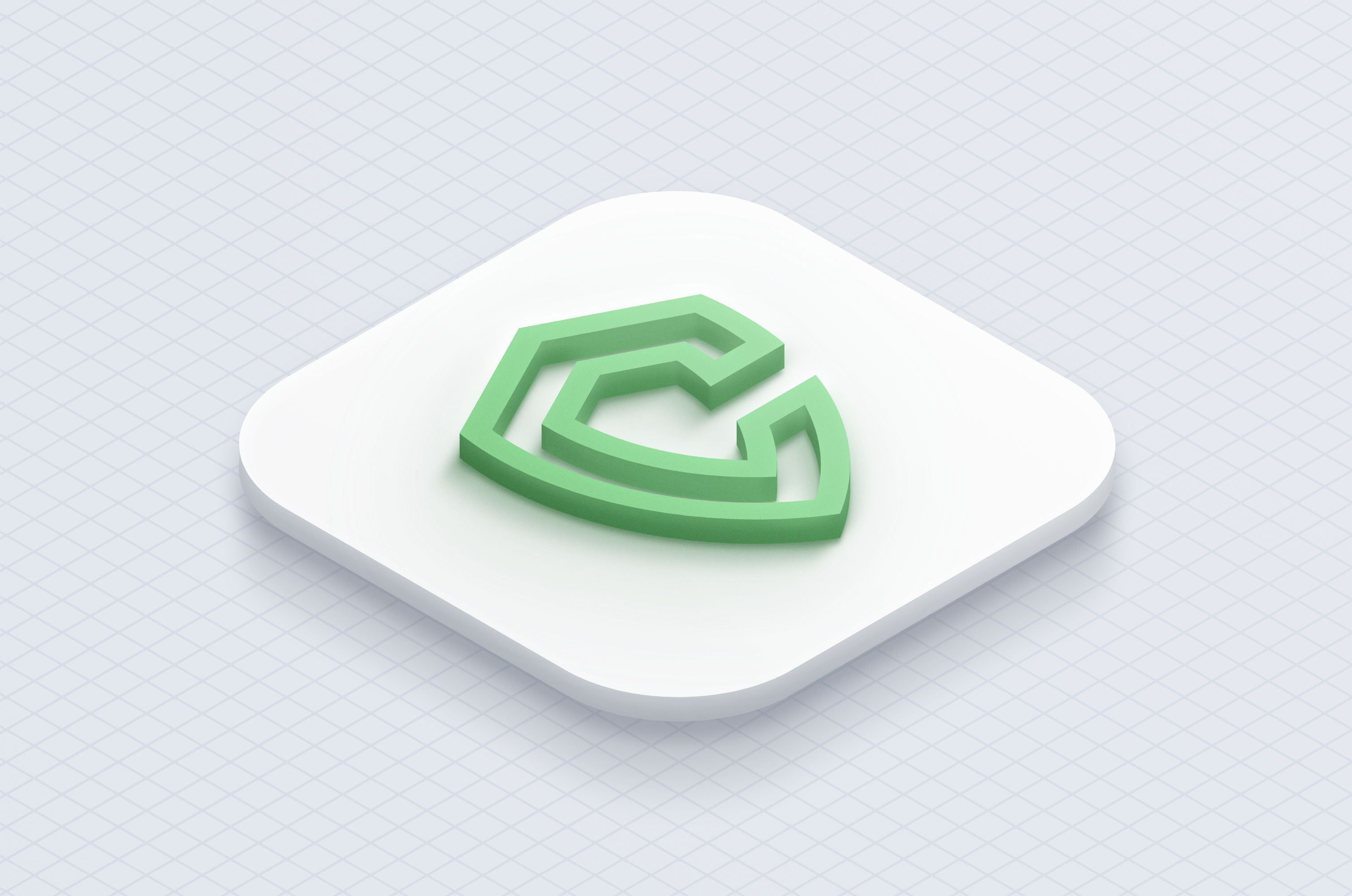Data Flow and Mapping
Data flow and mapping is the process of identifying and visualizing the flow of personal and sensitive data within an organization. This includes tracking the movement of data from its source to its destination and identifying any potential vulnerabilities or risks along the way.
Data flow and mapping is an important component of data privacy and governance, as it helps organizations understand how their data is being used and where potential vulnerabilities may exist. By mapping data flows within an organization, organizations can identify any potential weak points or vulnerabilities in their data management processes and take appropriate action to mitigate or eliminate those risks.
For example, organizations can use data flow and mapping to identify any potential risks associated with sharing data with third parties or to identify any vulnerabilities in their data storage systems. By visualizing the flow of data within the organization, organizations can better understand the movement of their data and identify any potential risks or vulnerabilities that may arise.
Data flow and mapping can be used in conjunction with other data privacy and governance practices, such as data processing activity and data privacy impact management, to provide a comprehensive view of the organization’s data management practices.
By combining these practices, organizations can gain a deeper understanding of their data management processes and identify any potential risks or vulnerabilities that may exist.
Complyan helps with visualizing data flow and mapping, an important method for managing data privacy and governance and protecting personal and sensitive data within an organization.
Why Data Flow Diagrams are Important?
- E-commerce system: A data flow diagram for an e-commerce system might show the flow of data from customer orders to the payment processing system to the fulfillment center and any intermediate processes such as inventory management. Marketing, customer service purposes or shipping label generation.
- Employee data flow diagram: This diagram shows the flow of employee data within an organization, including how it is collected, processed, stored, and shared. It may also include information about how the data is used for payroll or HR purposes.
- Financial data flow diagram: This diagram shows the flow of financial data within an organization, including how it is collected, processed, stored, and shared. It may also include information about how the data is used for accounting or budgeting purposes.
- Healthcare system: A data flow diagram for a healthcare system might show the flow of patient data from the electronic health record (EHR) system to the billing system and the flow of data between different healthcare providers and insurance companies. It may also include information about how the data is used, such as for medical treatment or research purposes.
- Supply chain management: A data flow diagram for a supply chain management system might show the flow of data from suppliers to the manufacturing facility to the distribution center and any intermediate processes such as quality control, inventory management, logistics or procurement purposes.
- Social media platform: A data flow diagram for a social media platform might show the flow of user data from the website or mobile app to the database, as well as the flow of data between different users and the platform’s algorithms for generating recommendations or targeted ads.





 Governance and Policy Management
Governance and Policy Management